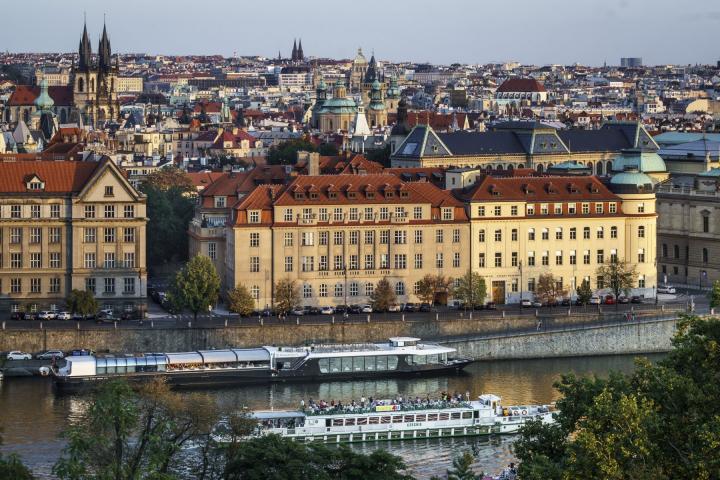
Radon is a natural radioactive gas that cannot be seen or smelled and is present almost everywhere. However, at higher concentrations and with prolonged exposure, lung cancer may be of consequence. Radon is released from the bedrock and becomes part of the air that fills the pores in soil. It is released from the earth's surface into the atmosphere or enters buildings where it can accumulate in confined spaces. No safe radon concentration is determined. At radon concentrations above 300 Bq / m3, recovery measures (measures to reduce radon concentration) are recommended. The presence of radon in the building can only be determined by measurement, preferably long-term. This can also be obtained for free thanks to the Radon Program of the Czech Republic - Action Plan. If increased concentrations of radon are detected in the construction, they can be reduced by means of technical measures, the effectiveness of which has been verified many times in practice. Prevention of radon penetration from subsoil in newly constructed buildings is very important. Increased attention should also be paid to radon when replacing windows and thermal insulation of buildings, as they usually lead to an increase in radon concentration in such a reconstructed building. For details, see http://www.radonovyprogram.cz, which is operated by SÚJB.
A traditional part of the conference is also the international comparative measurement of instruments and detectors in the radon chamber of the State Institute of Radiation Protection.
The RADON2019 conference brings some results achieved within the research in the project Center of Advanced Applied Natural Sciences (CAAS) - CZ.02.1.01 / 0.0 / 0.0 / 16-019 / 0000778. CAAS is co-financed by the European Union.
Contact person: Jan Kadeřábek